I feel a bucket of drowsiness splash on me as I enter my room after a long day. I need to work, but this dim room feels like a warm blanket lulling me to sleep. For many people, getting straight to work or doing something they love becomes a struggle with lengthy or intricate solutions. However, a seemingly disregarded culprit could change your mood entirely: lighting.
Light Intensity: Effects
Light intensity can be the difference between falling asleep and staying alert. It creates an ambience that changes your thoughts and behavior. Think of it this way, you live amid all sorts of light, so your body reacts to this sudden change to darkness like a “wind-down” trigger. This is why your sleep schedule is all over the place and you find it hard to create harmony. Your Circadian rhythm is greatly affected. Light signals to your brain that it is daytime, suppressing melatonin production. Less light makes you feel more tired.
Many studies have also shown that proper lighting positively affects your alertness and overall performance, while dark and gloomy lighting has the converse effects. You feel the strain in your eyes and see a significant drop in performance and cognitive function.
In terms of emotion, a bright light can often be the cause of intensified emotions, and dim lights do not keep them suppressed, but rather balanced. Hence, there is a higher likelihood of agreeing with someone in low lights.
Bella Pascual (10), a student at Yorba Linda High School, shares: “I can’t really focus much with dim lights. I like to see my surroundings, but darker lighting strains my eyes.”
Seasonal Affective Disorder
Going back to sleep, the circadian rhythm also affects the limbic system. This system regulates your emotions, so a small change can dictate your mood for the time being. A great example of the effects is Seasonal Affective Disorder (SAD). Now, this disorder can be related to other factors; however, lighting can play a significant role. This is why it is more common during the winter, when a naturally bright light is not easily accessible. Some symptoms include having low energy, problems with sleeping, and feeling sluggish. A common treatment is light therapy. In this method, you are exposed to a bright light early in the morning to mimic natural light and change the brain chemicals that brighten your mood.
Light Color: What Makes You Feel Energized?
When it comes to light color, feeling energized or focused is strictly affiliated with bright, cool colors. White and blue light, for example, make you more alert and focused. They are the best for studying and overall increasing your focus. “Cool white” is a good option as well if you prefer a less intense option with similar effects. It is a good option between warm and cool tones.
Light Color: What Helps You Feel Calm?
Warm yellow/red light creates more of a comfort bubble rather than a productive atmosphere. If your goal is to get things done, steer clear of warm lighting. You will feel more relaxed, sleepy, and your mental health will even improve. A study shows that warm colored lighting also reduces anxiety and fatigue. Overall, a combination of warm and cool lighting has a more favorable effect on someone’s mood.
Alexa Ruiz (10), a student at Yorba Linda High School, comments: “I like warm lighting because it feels cozy and intimate. It’s uplifting and makes everything feel more vibrant.”
Concluding Comments
Lighting, at the end of the day, is up to personal liking and perspective. Just remember to take notes of your habits and feelings to tailor any environment to your current goal. Everything has an action and reaction relationship, so use these facts accordingly.

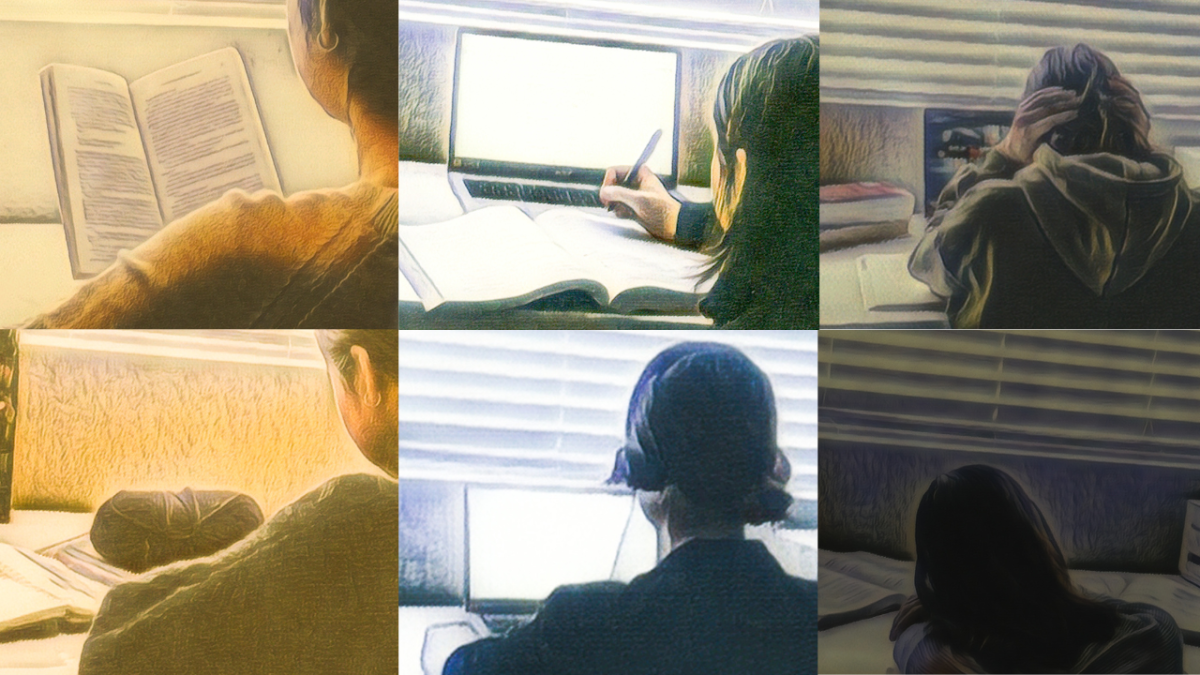


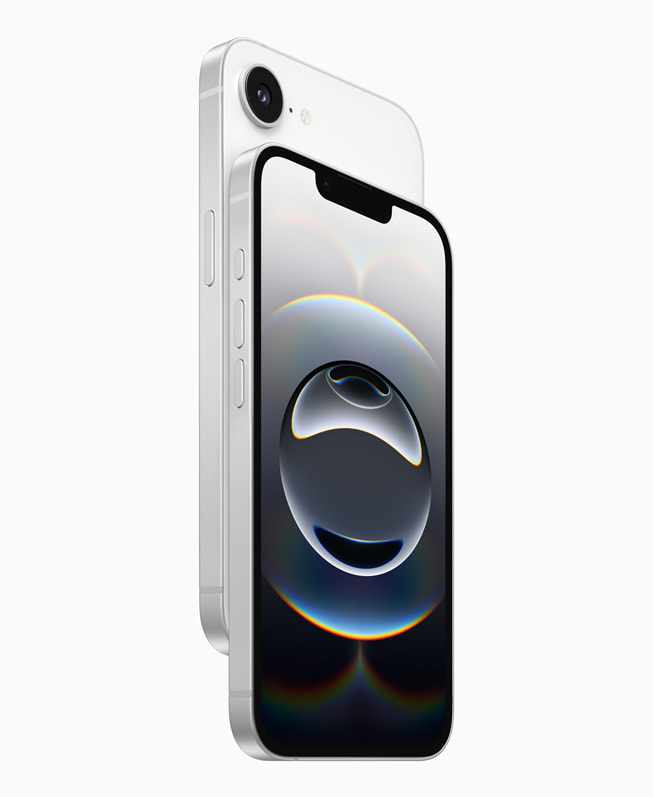







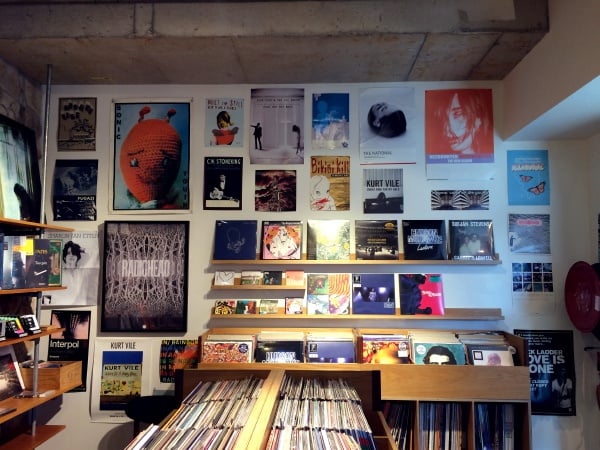


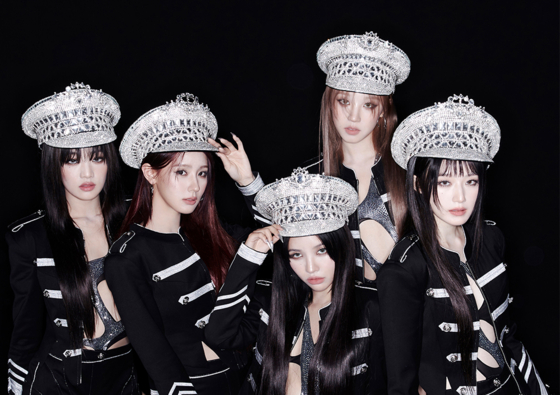

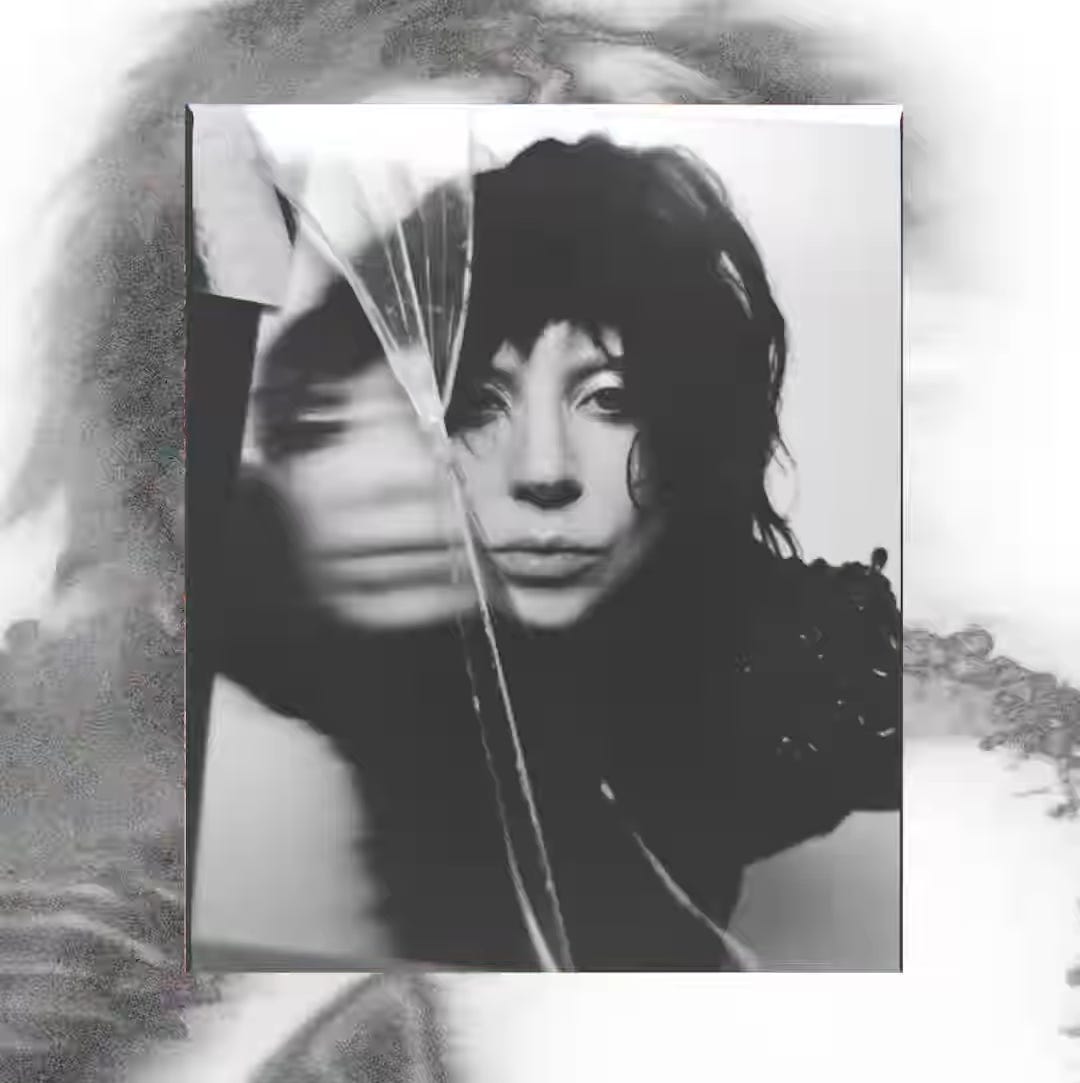

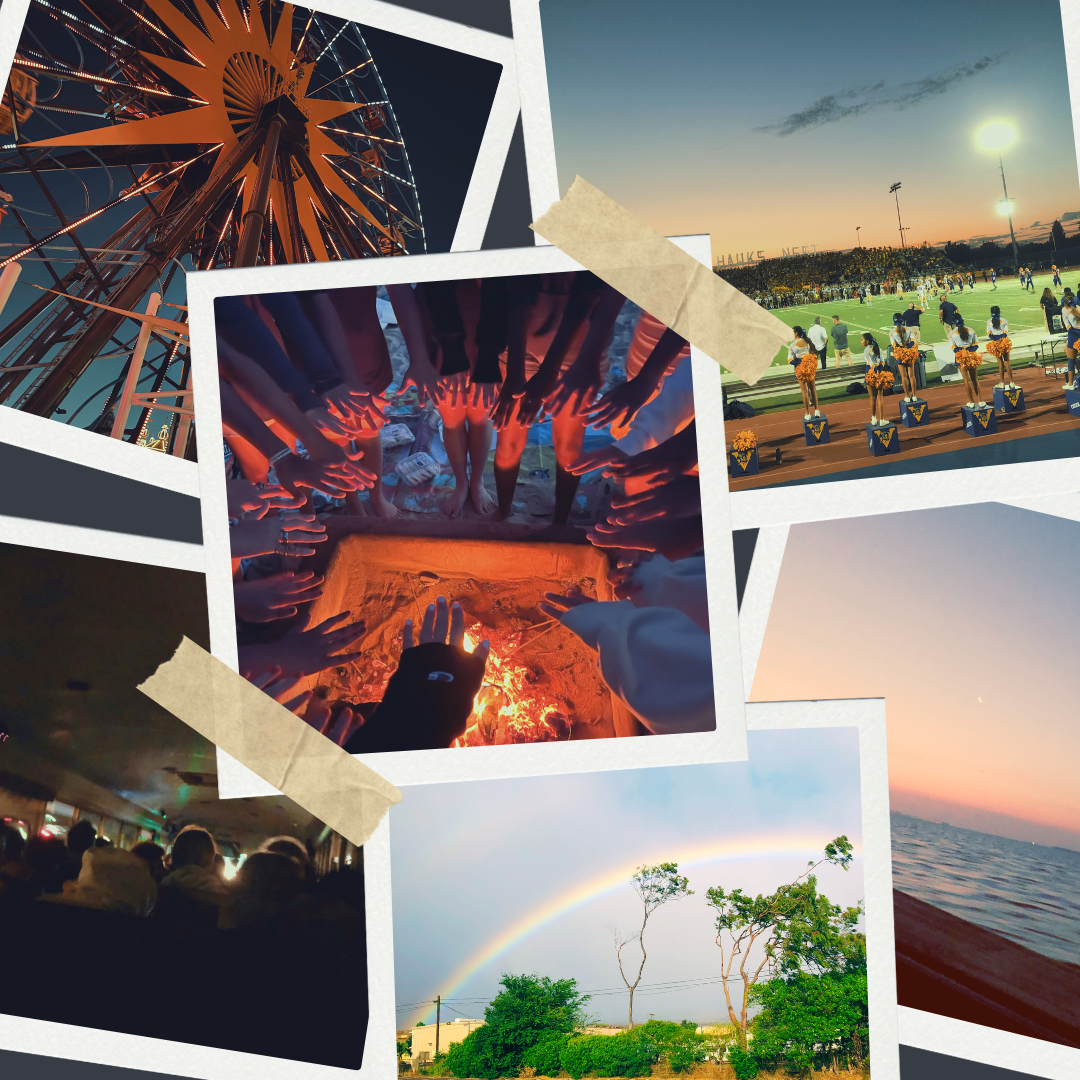



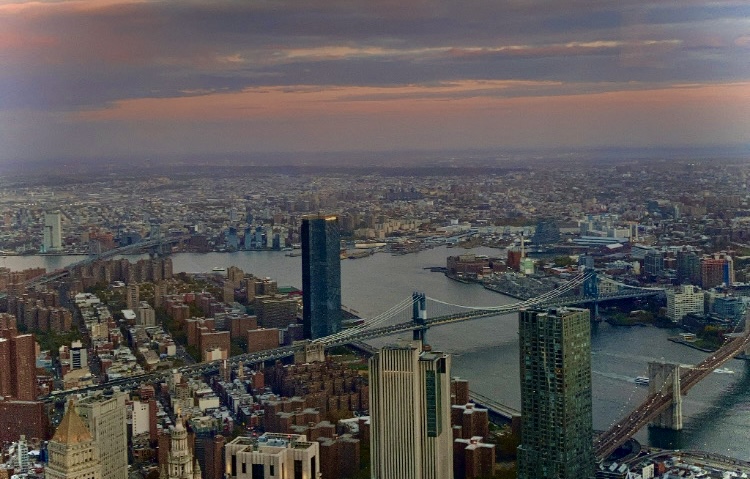

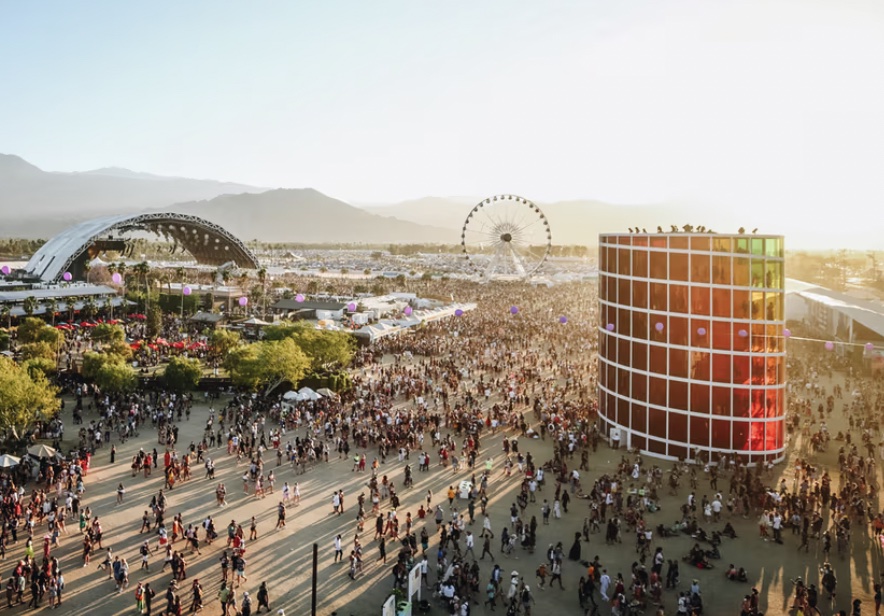


lauren • Apr 9, 2025 at 11:47 AM
such an informative article!! I learned a lot by reading